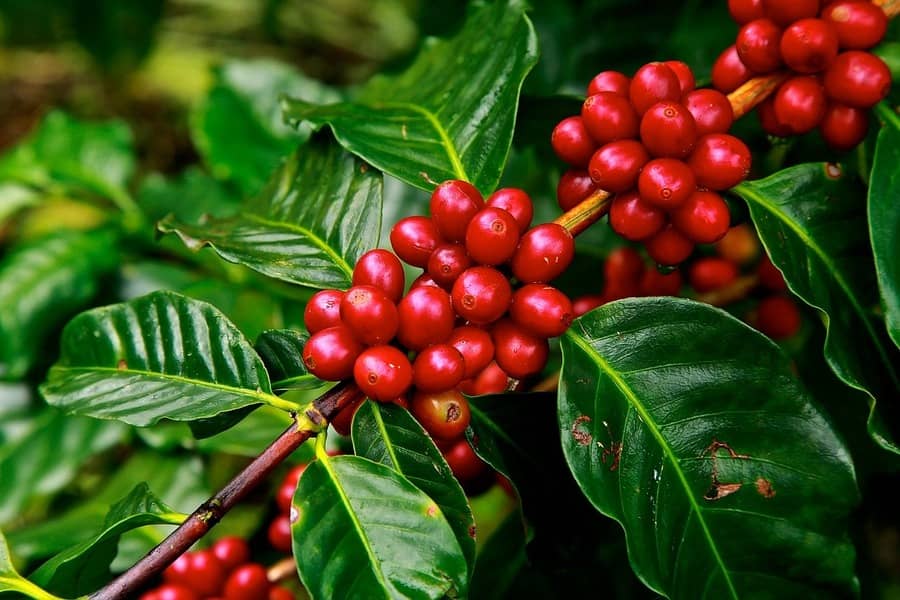The sharp rise in coffee prices on ICE US last November helped to unlock some deals. The sharp decline in late November and early December served as a trigger for indecisive sellers. These movements on commodities exchanges, associated with the dollar’s high, boosted sales, which explains the strong progress in negotiations by Brazilian growers. Some of this coffee is still stored, awaiting shipment, or is held by middlemen, who are waiting to negotiate it. In any case, a high percentage of the crop has already left the hands of growers.
The SAFRAS & Mercado survey showed that, through December 11, growers sold 79% of Brazil’s 2024/25 coffee crop, up 9% from the previous month. The sales flow continues to accelerate compared to the same period last year, when growers had sold 69% of the expected crop. Sales are also ahead of the five-year average (2019-2023), which indicated that 73% of production had been sold.
Arabica coffee sales stood out again last month, reaching 77% of production, far exceeding both the same period last year (65%) and the average sales for the past 5 years, which is around 70%. The good pace of negotiations between cooperatives continues to drive this business dynamic. The acceleration in prices in November was also an important factor in stimulating sales.
Sales of canephora coffee (conillon/robusta) in Brazil were also positive, with sellers taking advantage of high prices and anticipating the effects of the arrival of the new robusta crop in Vietnam. Sales have already reached 84% of the crop. The pace of negotiations is faster compared to last year and the five-year average, which is approximately 77% of the crop. However, Brazilian canephora has lost competitiveness in the foreign market. Furthermore, the domestic roasted and ground coffee industry has been replacing conillon/robusta with lower quality arabica, which has also reduced the liquidity of negotiations. In this sense, more interest in selling is beginning to emerge. However, most growers remain on the defensive, well capitalized and in no hurry to sell the rest of their crop, which explains the slow negotiations and sustained prices.
The strong volume of sales already made has reduced the available supply, which gives a strong off-season profile to negotiations. Moreover, the end of the year naturally causes resistance to sales due to tax issues. The last factor, perhaps the most important, is that prices remain close to their highs. The logic, therefore, is that growers will remain withdrawn, postponing sales until 2025. Determining the size of the 2025 Brazilian crop will serve as a decision point for sales and adjustments to the trade flow next year.
Brazilian growers negotiated 17% of potential production of 2025 arabica crop
Sales of the new crop remain very limited. The increase in pessimism regarding the size of the next Brazilian crop is the main reason for growers to remain cautious, avoiding closing positions in advance. The fear is that they will not have enough coffee to deliver when the crop arrives. In addition, recent price highs and constant rumors about a possible crop failure in the next season end up influencing the more restrained stance of sellers. This behavior of growers is not expected to change much until there is greater clarity about the size of the next Brazilian crop, which should occur in the first months of 2025.
SAFRAS’s preliminary forecast is that sales of the 2025/26 crop in Brazil are currently around 12% of the potential production, with arabica negotiations reaching 17% of the next crop. Arabica sales are well below the same period last year, when they accounted for around 26% of production, and also below the 3-year average (2021-2023) of around 22% of the production potential.

